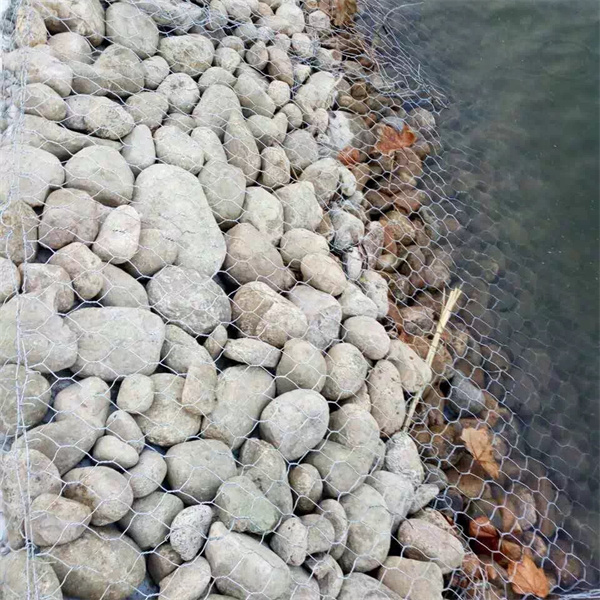Dec . 25, 2024 02:38 Back to list
Gabion Structure Manufacturing Facilities and Their Impact on Infrastructure Development
The Role of Gabion Construction Factories in Sustainable Infrastructure
Gabion construction has emerged as a significant part of modern civil engineering and architectural projects, providing an eco-friendly and cost-effective solution for a wide range of applications, from erosion control to decorative landscaping. At the heart of this booming industry are gabion construction factories, which specialize in manufacturing these versatile wire mesh containers filled with rocks, stones, or other materials. This article explores the essential role that gabion construction factories play in sustainable infrastructure development.
What are Gabions?
Gabions are rectangular or cylindrical containers made of strong wire mesh. They are typically filled with natural materials such as stones, gravel, or recycled concrete. The design of gabions allows them to be flexible, which enables them to absorb shock and withstand the pressures of weather and terrain. These structures are commonly used for retaining walls, riverbank stabilization, noise barriers, and even artistic installations.
The Manufacturing Process
Gabion construction factories employ advanced manufacturing techniques to ensure the production of high-quality gabions. The process generally starts with the selection of raw materials, with a focus on durability and environmental sustainability. The wire mesh used in gabion construction is usually made from galvanized steel or PVC-coated wire, ensuring resistance to rust and corrosion.
Once the materials are sourced, the production process involves cutting and welding the wire mesh into specific sizes and shapes. The finished gabions are then tested for quality assurance to ensure they meet industry standards. The entire manufacturing process emphasizes precision and durability, aligning with the principles of sustainable development.
Environmental Benefits
gabion construction factories

One of the significant advantages of gabion structures is their minimal environmental impact. When filled with local stone or recycled materials, gabions blend seamlessly into the landscape, promoting biodiversity while providing structural integrity. Their porous design allows water to flow through, preventing the build-up of pressure and reducing the risk of flooding.
Gabion construction factories contribute to sustainability by advocating the use of recycled materials. By repurposing materials like broken concrete or leftover stones, they minimize waste and reduce the need for new raw materials. This not only conserves natural resources but also decreases the overall carbon footprint associated with transportation and production.
Applications in Infrastructure Projects
Gabions are increasingly favored in various infrastructure projects due to their versatility. They are commonly used for soil erosion control, providing a stable solution along riverbanks, shorelines, and hillsides. Furthermore, these structures can be aesthetically pleasing, making them suitable for landscaping and architectural designs.
In urban areas, gabions serve as noise barriers, absorbing and mitigating sound pollution from highways and railroads. Their robust construction can also enhance the safety of public spaces, acting as crash barriers in high-traffic zones.
Conclusion
Gabion construction factories are pivotal in promoting sustainable infrastructure solutions in an increasingly urbanized world. By producing environmentally friendly and versatile materials, these factories contribute to both aesthetic and functional public works. As the construction industry continues to evolve, the significance of gabions is likely to grow, highlighting the necessity of innovative approaches to building and sustainability. Their multifaceted applications in infrastructure not only foster the development of resilient structures but also pave the way for greener, more sustainable urban environments.
-
HESCO Gabion Baskets for Coastal Erosion Prevention
NewsAug.22,2025
-
Longevity and Durability of River Rock Gabion Walls
NewsAug.22,2025
-
How to Integrate Gabion 3D Walls in Urban Planning
NewsAug.22,2025
-
Reno Mattress Gabion Applications in Civil Engineering
NewsAug.22,2025
-
How to Install Wire Mesh for Gabion Baskets Properly
NewsAug.22,2025
-
Best Materials for Filling a Chain Link Gabion
NewsAug.22,2025
-
Wire Mesh Thickness Impact on Gabion Wall Load Bearing
NewsAug.12,2025






